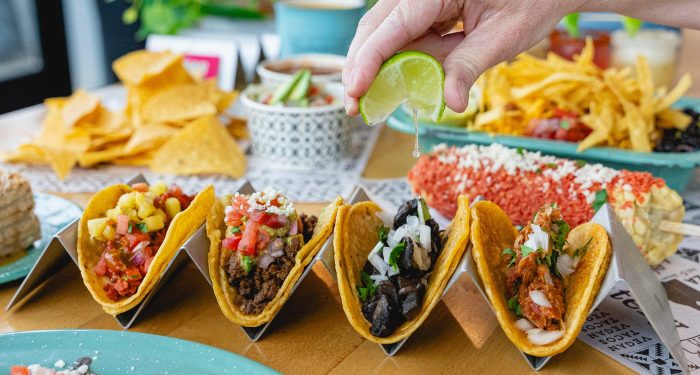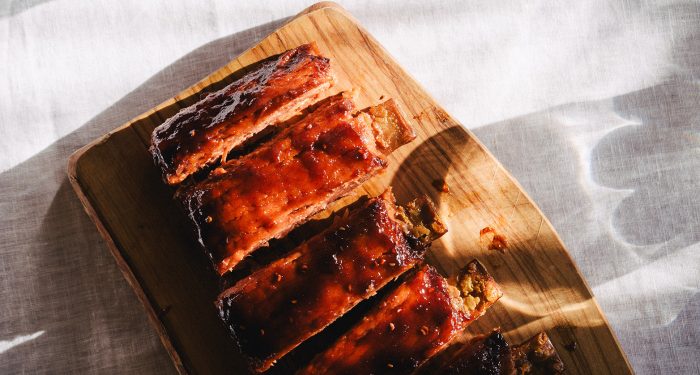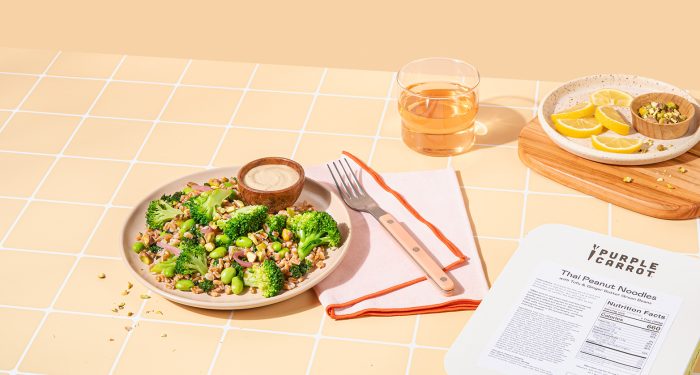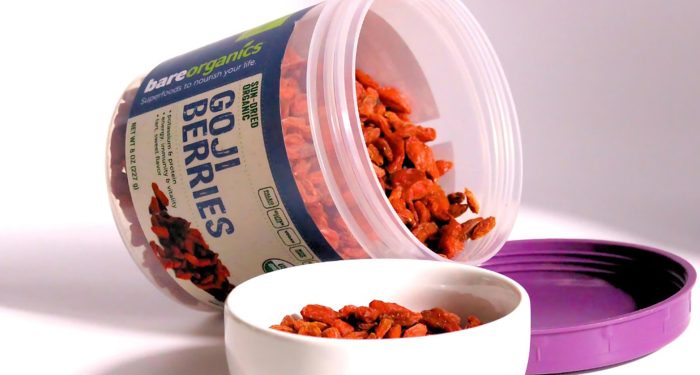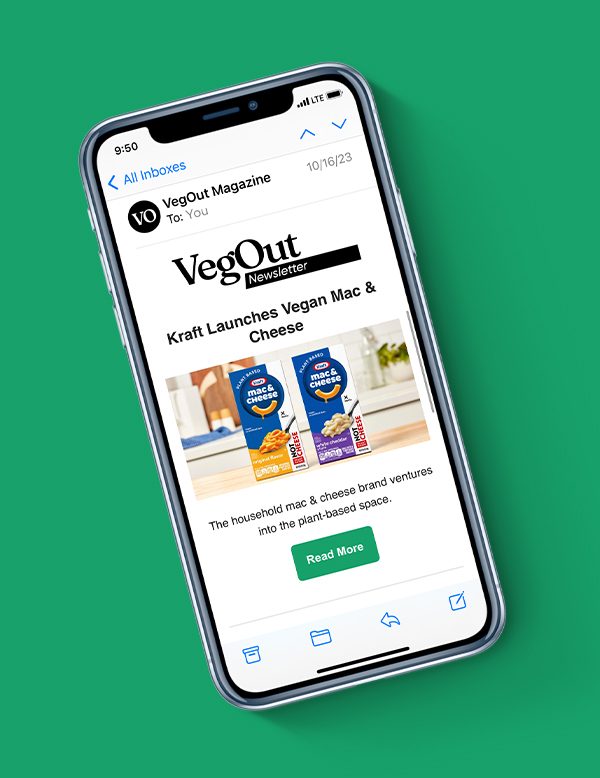Here's what to eat during each of the four menstrual phases.
You’ve likely noticed the hype surrounding eating for your menstrual cycle. While more research on the connection between diet and each phase of the cycle is needed, it has been suggested that making healthful changes to your eating pattern and physical activity during these specific phases may be beneficial for symptom improvement and overall health.
Although focus often hones in on the menstrual phase (period), the menstrual cycle is divided into four different phases which also include the follicular phase, ovulation phase, and luteal phase. Each phase has a very specific purpose, which results in hormone fluctuations. These fluctuations may cause notable changes in your energy along with physical and emotional health. Some menstruating individuals notice these changes more than others and may report unpleasant symptoms. While more concrete evidence is needed to make a definitive connection between diet and the menstrual cycle, you may notice symptom improvement with these phase-specific dietary changes.
Phase: Menstrual
The menstrual phase is the first stage in the cycle. This phase occurs when an egg has not been fertilized and pregnancy has not taken place. Because of this, the thickened lining of the uterus sheds, and the menstrual period begins. At this time, estrogen and progesterone levels are low and energy levels may be at their worst, so rest and relaxation are key.
To compensate for blood and tissue losses during this time, adequate hydration and emphasis on iron-rich foods can be of benefit. Plant-based protein, fiber-rich carbohydrates, and foods rich in vitamins C and K and omega-3 fatty acids may help combat the symptoms experienced during this phase. Limiting fried foods, alcohol, caffeine, and salt can also help reduce symptoms, especially water retention and bloating.
Iron-rich foods: Greens (spinach, swiss chard), Grains (oats, rice), Protein (tempeh, soy milk), Nuts (almonds, pistachios), Fruit (prunes, raisins), Blackstrap molasses
Vitamin C: Bell peppers, Citrus fruits, Kiwi, Broccoli, Berries
Vitamin K: Collard greens, Turnip greens, Kale, Spinach, Beet greens
Omega-3 Fatty Acids: Flaxseed Oil, Chia seeds, Black walnuts, Plant oils (canola and soybean), Select legumes (navy beans, edamame)
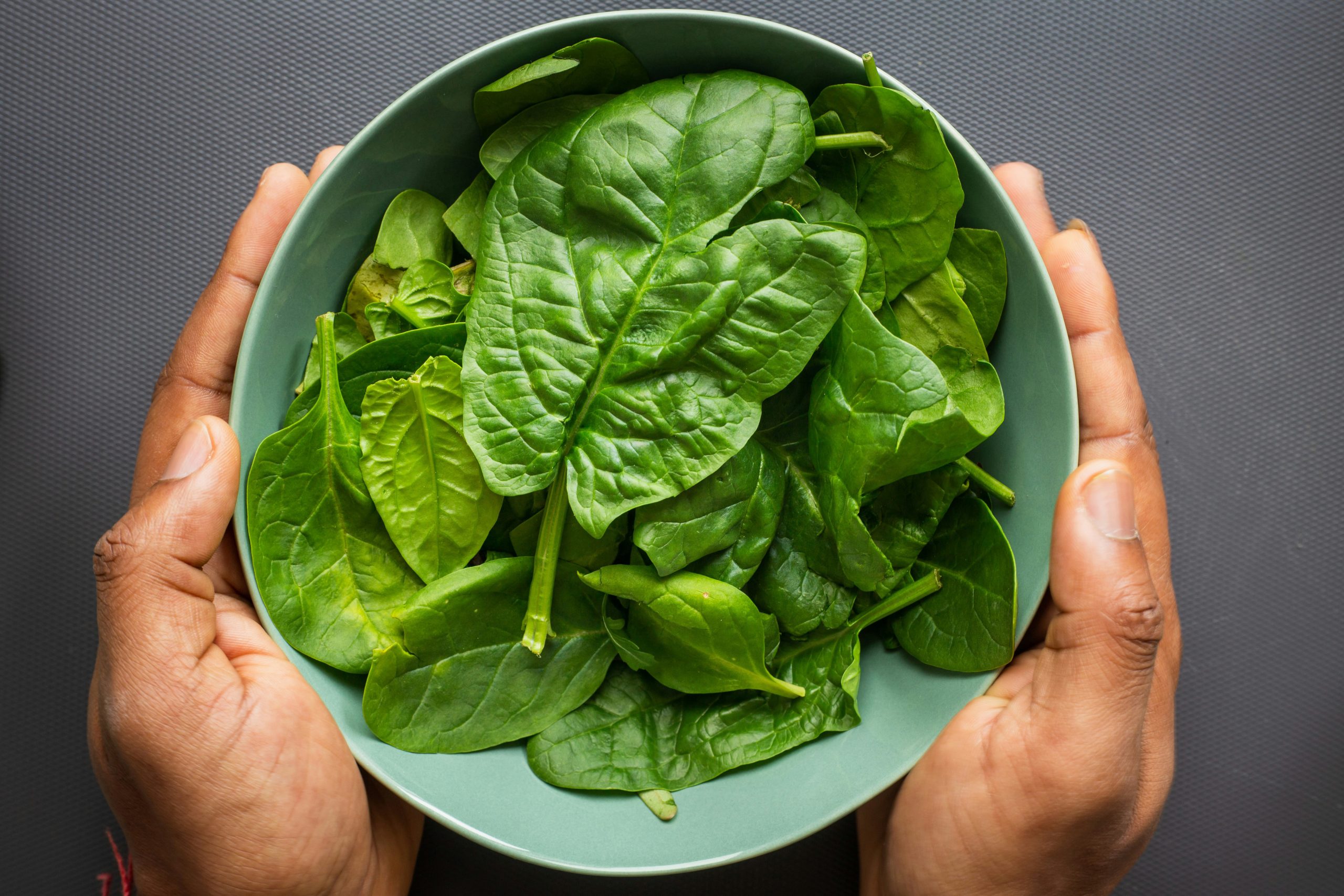
Phase: Follicular
Overlapping with the menstrual phase, the follicular phase begins on the first day of the menstrual period and wraps up during ovulation. During this phase, hormones signal to the ovaries to produce an egg. Although many immature eggs are released, the healthiest egg is selected and begins to mature. Both estrogen and progesterone are on the rise at this time, which causes the uterus lining to thicken again.
During this phase, your energy is likely better than it was during menstruation, so you might feel up to completing some plant-based meal prep. Focus on lean proteins, cruciferous vegetables, heart-healthy fats, and fiber-rich foods. Incorporating fermented foods may also help metabolize extra estrogen in the body. Loading up on vegan kimchi, kombucha, fermented soy, and sourdough bread can be tasty and nutritious for many reasons.
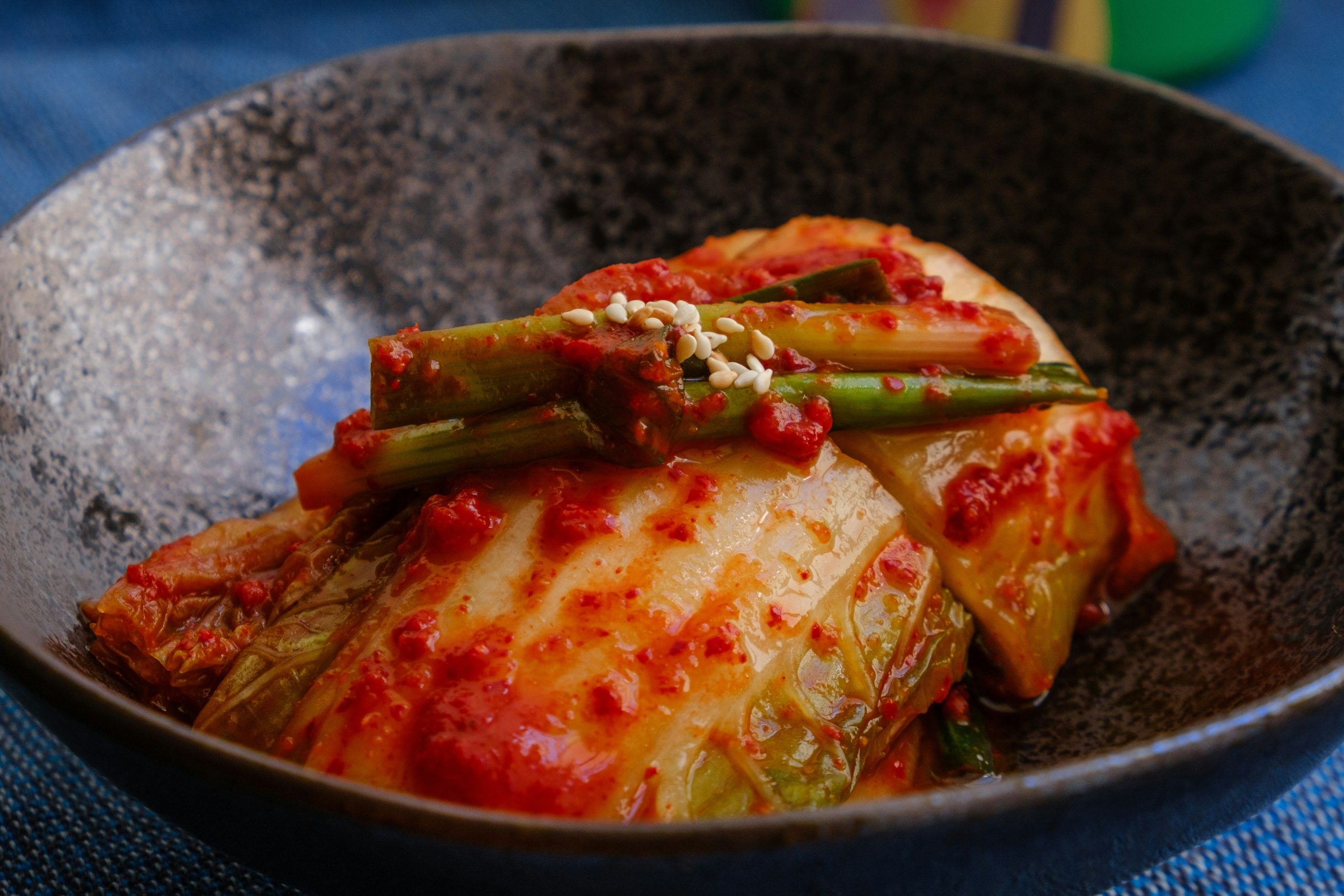
Phase: Ovulatory
As estrogen rises during the previous phase, ovulation is triggered. During ovulation, the mature egg is released toward the uterus ready to be fertilized. Pregnancy may occur during the ovulatory phase, which happens near the middle of the menstrual cycle. During this phase, estrogen peaks, and both testosterone and progesterone rise resulting in improved energy.
You may opt to continue focusing on complex carbohydrates for sustained energy during this phase. Other foods to consider focusing on include cruciferous veggies, food rich in magnesium, and anti-inflammatory foods like green tea, colorful fruits and veggies, leafy greens, and olive oil.
Magnesium-rich foods: Greens (spinach, swiss chard), Grains (oats, brown rice), Protein (soy, black beans), Nuts & seeds (pumpkin seeds, almonds, cashews, peanut butter), Fruit (avocado, bananas), Vegetables (potatoes, okra)
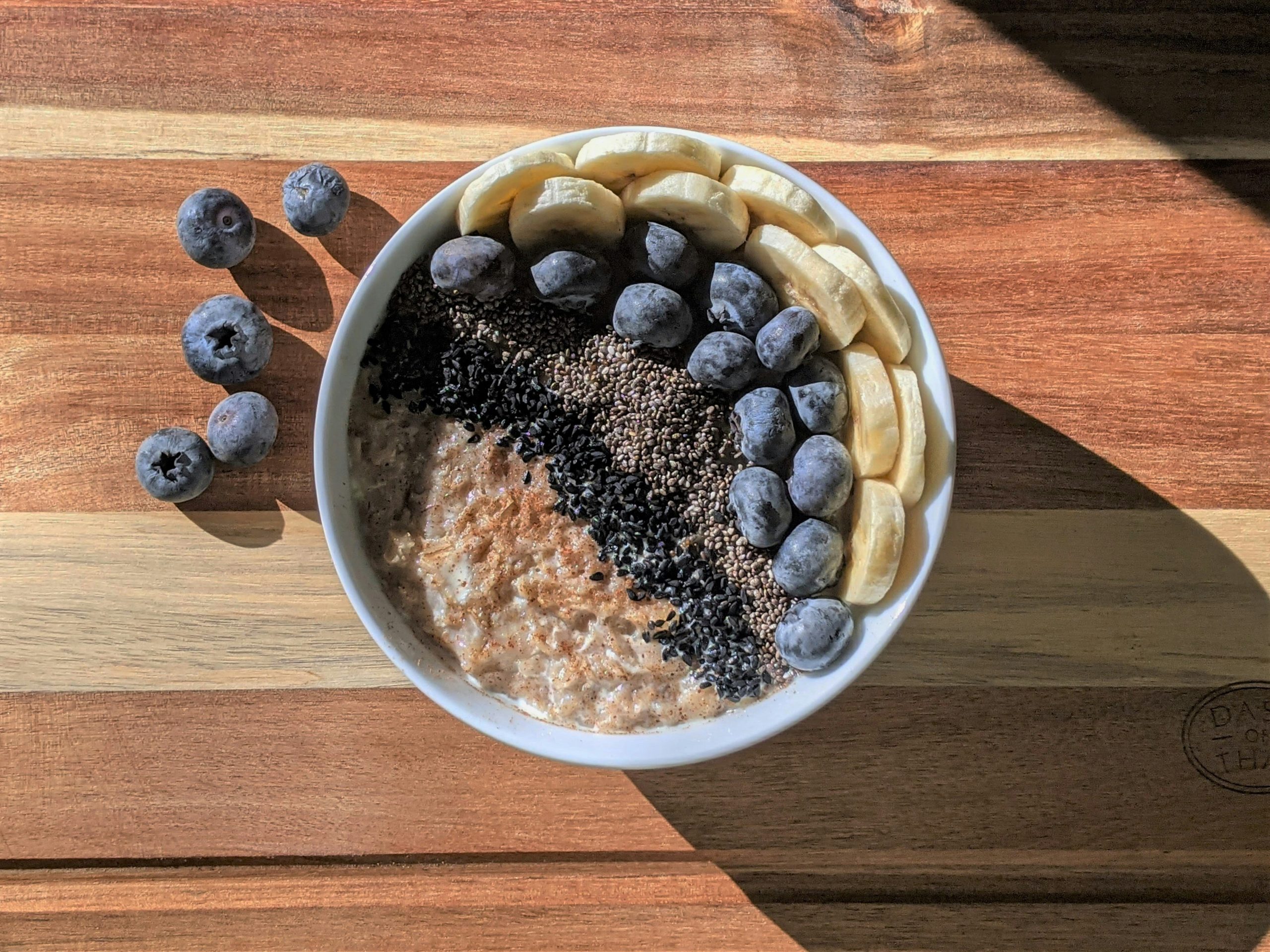
Phase: Luteal
If the egg from the ovulatory phase is not fertilized, it will dissolve. The high estrogen and progesterone levels begin to decline and the thick uterine lining prepares to shed during the menstrual period. Alongside these hormonal shifts, energy can start to decline and you may begin to experience premenstrual syndrome (PMS) symptoms.
Although PMS symptoms can be different for everyone, some menstruating individuals experience food cravings. While it may feel like your body is requesting fried, salty foods and sugary desserts, focusing on complex carbohydrates, cruciferous and root vegetables, and dark leafy greens may be a more beneficial choice. Magnesium-rich foods can also be of benefit and you may find soups and teas to be soothing during this time.
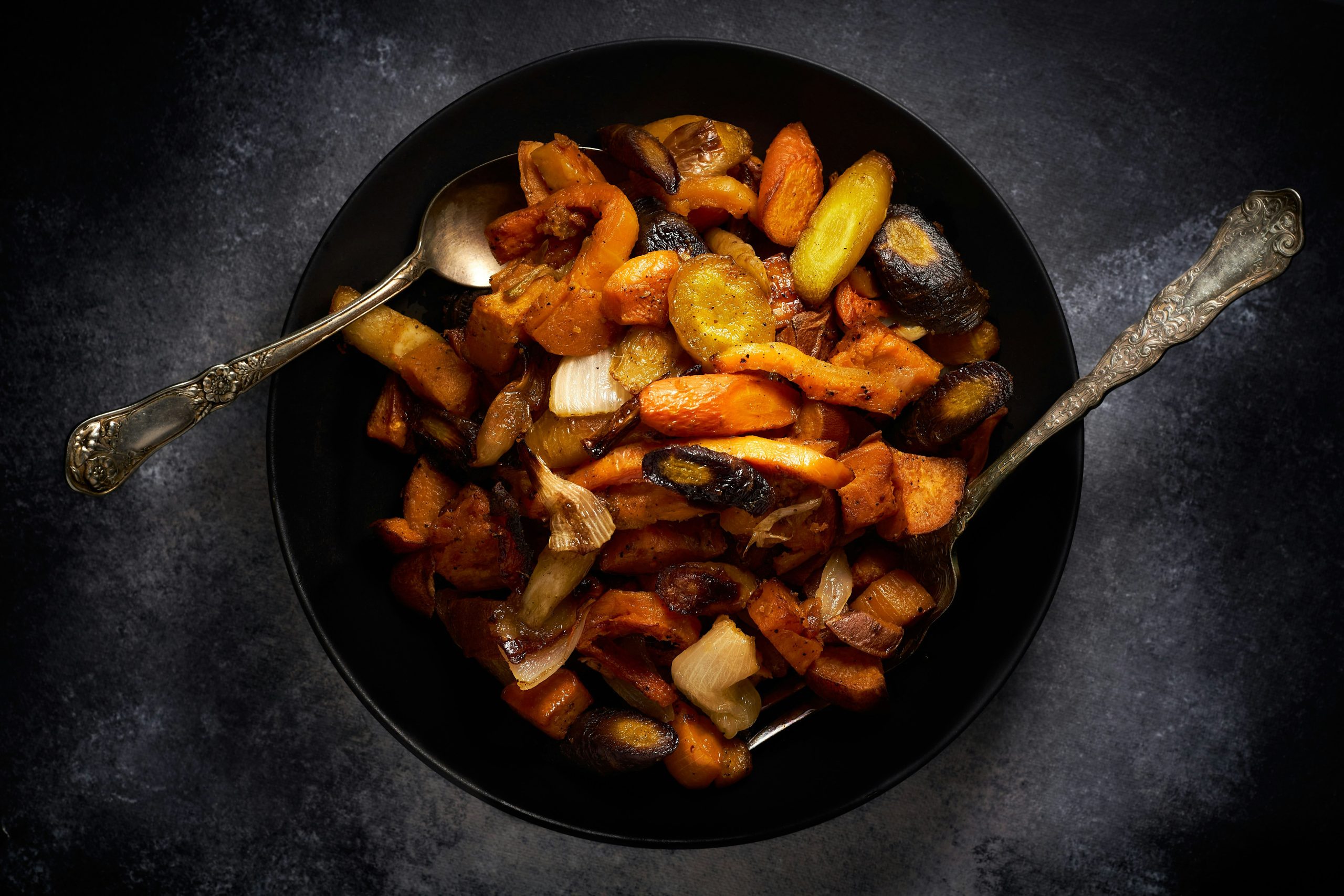
Disclaimer: The material presented here is intended to serve informational purposes regarding the topics of food, nutrition, and wellness. This content is not intended to substitute for medical advice or diagnosis.




